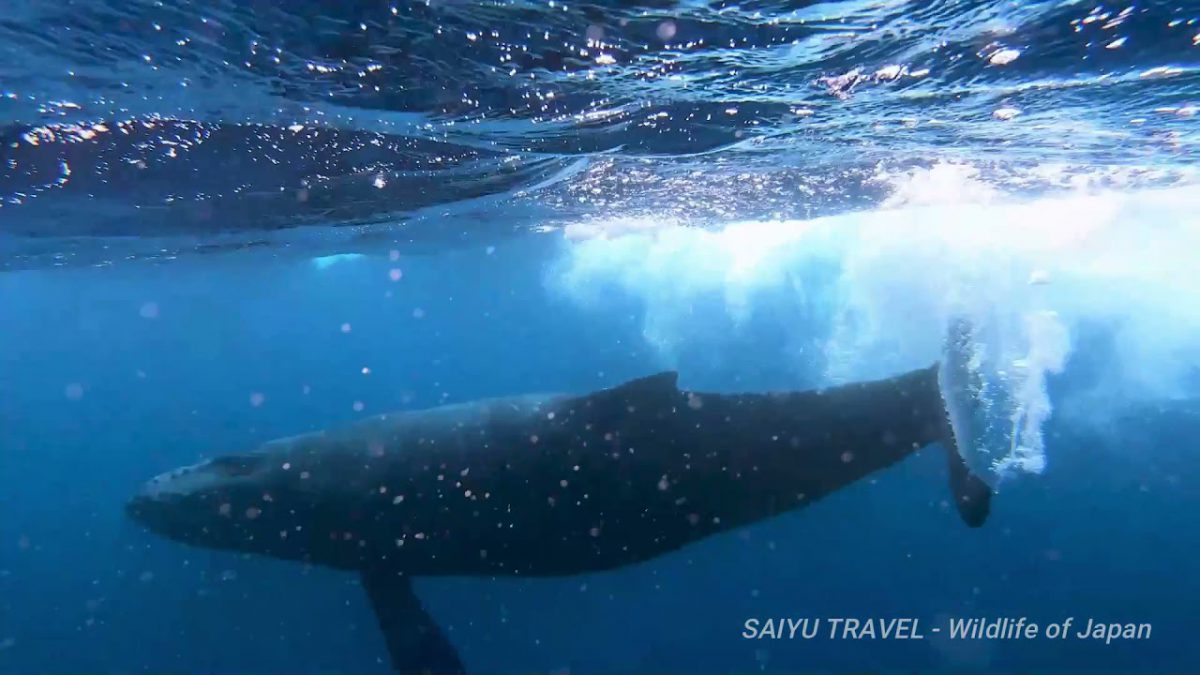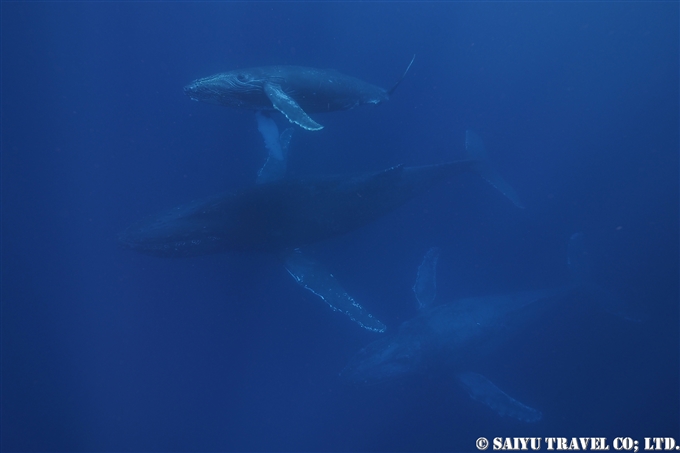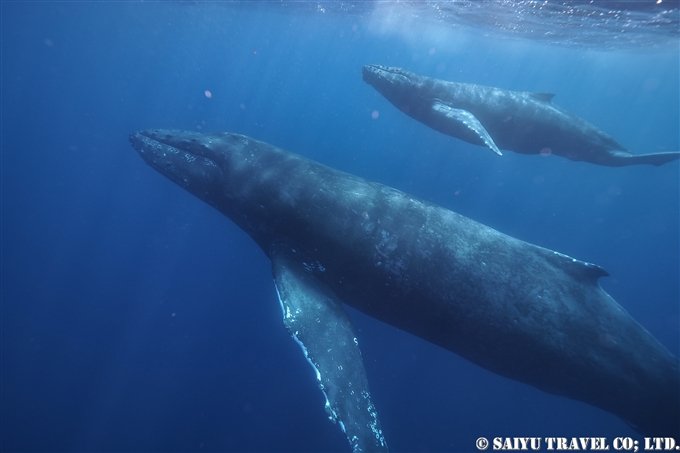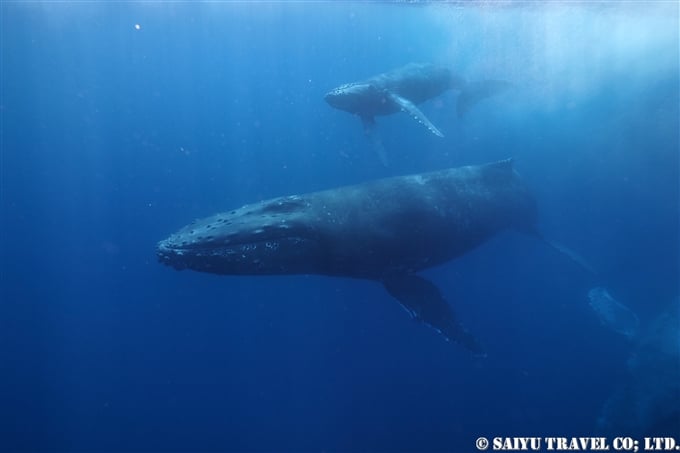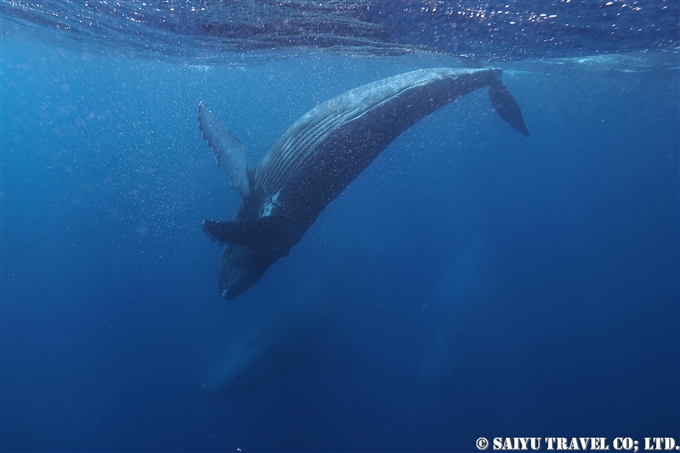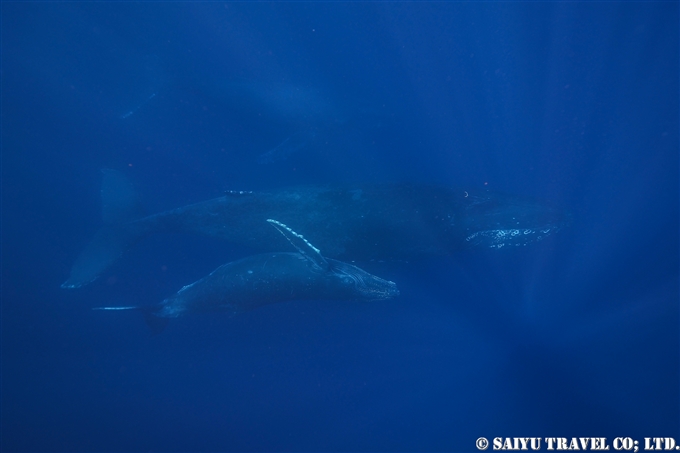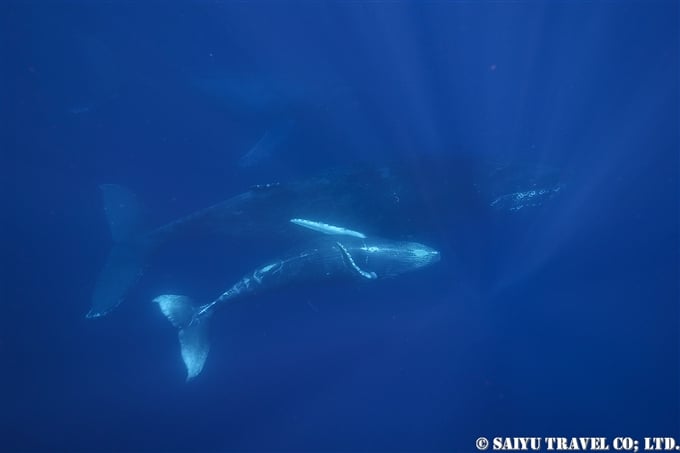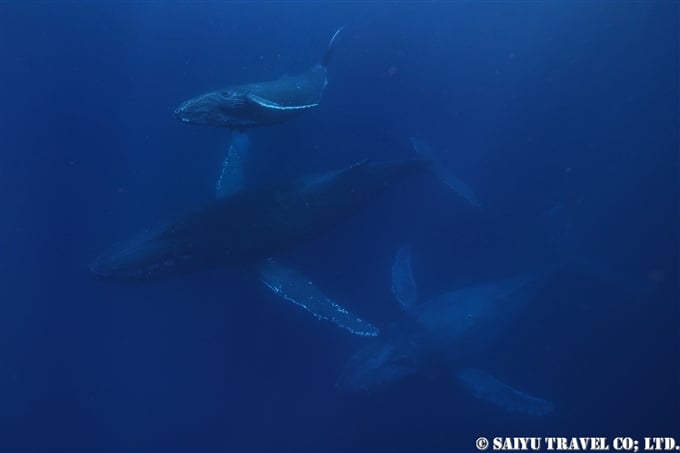There are two subspecies of the Ryukyu Robin (Akahige in Japanese):
Larvivora komadori komadori which inhabits Amami Oshima Island, and Larvivora komadori namiyei which is found on the main island of Okinawa. These are two species that are considered a subspecies at the moment, but I heard that an announcement to make them two separate species will occur in the near future.
This is a report about a 5 day, 4 night tour conducted in early April.
Day 1 Starts from the main island of Okinawa. First we stop by the Triangle Pond (Sankaku-ike) , a famous birding spot. The usual Eurasian spoonbill (Herasagi) was seen amongst the flock of the usual flock of Black-faced spoonbills (Kurotsura herasagi).

We saw Black-winged Stilts (Seitaka shigi) here and there, and Greenshanks (Aoashi shigi) flying by. In the distance, Temminick’s sStint (Ojiro tounen) and a Long-toed Stint (Hibari shigi) are present. On the power lines, the Light-vented Bulbul (Shirogashira) and the Jungle Crow (Ryukyu hashibuto garasu, Corvus macrorhynchos connectens) were calling loudly.
From the Triangle Pond, we headed north to the Yanbaru Area. We waited for the Ryukyu robin (Akahige, Larvivora komadori namiyei) and the Okinawa rail (Yanbaru kuina). We could hear the Ashy minivet (Ryukyu sanshoukui,Pericrocotus divaricatus tegimae), and the Warbling white-eye (Ryukyu mejiro, Zosterops japonicus loochooensis), but we did not hear a sound from the target species. The day was completed after confirming the call of the Yanbaru Rail.
Day 2. A chilly morning, for Okinawa. We set out in the early morning, before sunrise, to see the Yanbaru Rail. We were able to see two rails crossing the road, as well as 4 Ryukyu wild boar.
After breakfast, we went to Akahige Point. Before I could see anything else, an Okinawa woodpecker (Noguchigera) flew to the dead tree right in front of us! We were so lucky! It seems like they were nest building, and we could hear the knocking sounds “kon-kon, kon-kon” coming from inside the hole…In order to prevent disturbing them, we kept our distance and observation time short.

The Ryukyu robin was the main attraction, but it didn’t make an appearance for a while. But there was one participant saw a male and female, and even captured some photos of it bathing.


After eating lunch, we went to photograph the Pacific swallow (Ryukyu tsubame), perched along the roadside. Other tourists who saw the scene of us gathered around asking “What is that?” After I answered them, they pulled out their cell phones also and started to snap photos as well! (Lol).

After that, we went to the nearby rice field in search of shorebirds and other waders. Unfortunately, the area had changed so much, that it no longer seemed like a place for the shorebirds to hang out.
In the morning, some people had missed the Red-winged woodpecker and Okinawa woodpecker, so we headed back to that point. Sadly, however, we could not see much and ended up running out of daylight.
Day 3 This is the last day of the tour on the main island of Okinawa. However, we did not have much time, so we started from before dawn to look again for the Okinawa Rail. We waited in a certain spot for a long time, but they did not appear there. I did, however see some on the road several times.
After breakfast, we only had one hour. At Akahige Point, we managed to see one individual male. We also got a good look at the Ashy minivet (Ryukyu sanshoukui, Pericrocotus divaricatus tegimae.


We arrived at Naha Airport to head to Amami Oshima. Although it was a little chilly in Yanbaru, it was so hot in Naha! Our plane took off heading to Amami Oshima.
It was windy in Amami Oshima, so we gave up on birdwatching along the coast, and went for a walk through the forest sanctuary instead. While we didn’t have much time there, and the sky looked suspicious as well, we got to see the White-backed Woodpecker (Ooaka gera, Dendrocopos leucotos owstoni). And we were really hoping to see a White’s Thrush subspecies, the Amami Thrush (Ootoratsugumi, Zoothera dauma major). However all we saw was the Amami Jay (Rurikakesu), and then we were out of time.
After checking into the hotel and we had finished our dinner, we set out for a nightwalk. Accompanied by a local guide, we drove along the forested roads. As a result, we could see many Amami woodcocks (Amami Yamashigi) and the Amami Rabbits (Amami Kurousagi). Also, we could see endemic species such as the Amami Woodcock, Amami Rabbit, Amami Ishikawa’s frog (Amami Ishikawa gaeru), Okinawa pit viper (Himehabu), and the Amami spiny rat (Amami togenezumi),making it a very special night.




Day 4 We were a bit worried about the weather, but we set out in search of Amami thrush, Amami jay, and other thrushes. Unfortunately, we had a little rain, on and off. We broke the participants up into two search groups, one for searching for the Ryukyu robin, and one searching for the Amami thrush. The Ryukyu robin group could end up seeing a few. The Ryukyu thrush group, could see one, but no one could catch a photo of it.
Then, after lunch, we split up into two groups again, and we were all able to see the target species and get photos of them both, fortunately. We also had some good opportunities to photograph the Ryukyu jay.




Day 5 Last day of the tour. The weather forecast is not looking good. Unfortunately it looks like rain until the end of the tour.
First, we set off before dawn to listen to the calls of the Ryukyu thrush. On the way, we saw an Amami woodcock and heard the calls of a Ryukyu scops owl. As we parked the car, we had a light rain, but we could hear the calls of the Ryukyu thrush.
After breakfast, we didn’t have much time. But it would have been nice just to see the White-backed woodpecker (Austin Ooakagera), so we searched for it on the way to the airport, but we could not spot it. Finally, we went to a rice paddy, where some migratory birds, might be around. Despite the rain, we were able to see the White-Breasted Waterhen (Shirohara kuina) and the White Wagtail (Houjiro hakusekirei, Motacilla alba leucopsis), the Black-winged Stilt (Seitaka shigi) and other species.


This tour was a hyper-focused tour just for the hardcore birders, with the aim of seeing both subspecies of the Ryukyu robin on the main island of Okinawa and on Amami Oshima, and I can say it was a success. I wish to thank all the participants, who made the most of their precious time, over the course of 5 days, to intensely help search for birds, from early morning until late at night.
Text : Kenji YANAGAWA – Bird concierge
Photos are courtesy of all the participants of the tour
Observed: Beginning of April, 2023, Okinawa main island, and Amami Oshima
*Contact us, Saiyu Travel for more information about wildlife and bird watching in Okinawa & Amami Oshima. We can make various arrangements for your trip.
*Youtube : Wildlife of Japan
Tags: Birding tour in Japan, Amami Oshima, Ryukyu Robin, Birds photography, Larvivora komadori komadori, Birding in Japan, Ryukyu scops owl, Amami Rabbit, Okinawa, Pericrocotus divaricatus tegimae, Birding in Okinawa, Komadori komadori namiyei, Birding in Amami Oshima, Amami Woodcock, Amami Osima birds, Okinawa woodpecker, Motacilla alba leucopsis, Black-faced spoonbill, Amami Jay, Birds photography in Japan, Amami Thrush




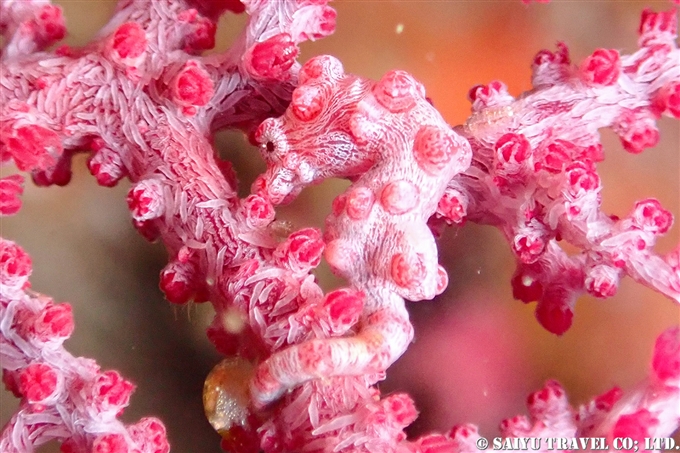

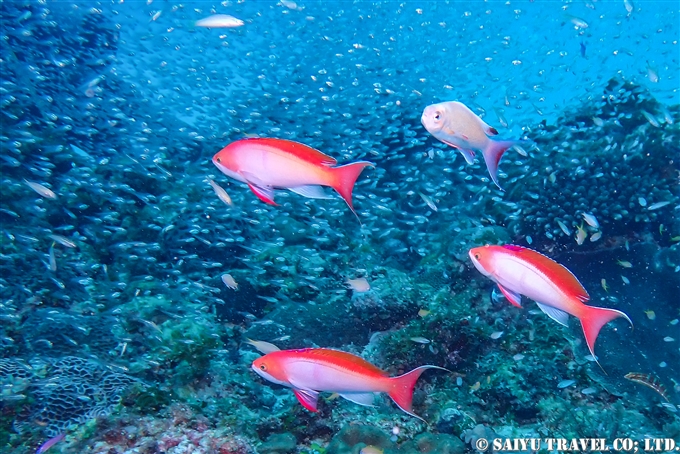
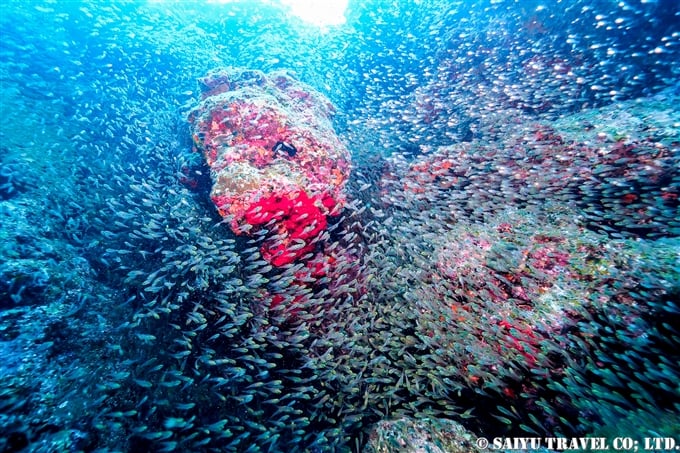
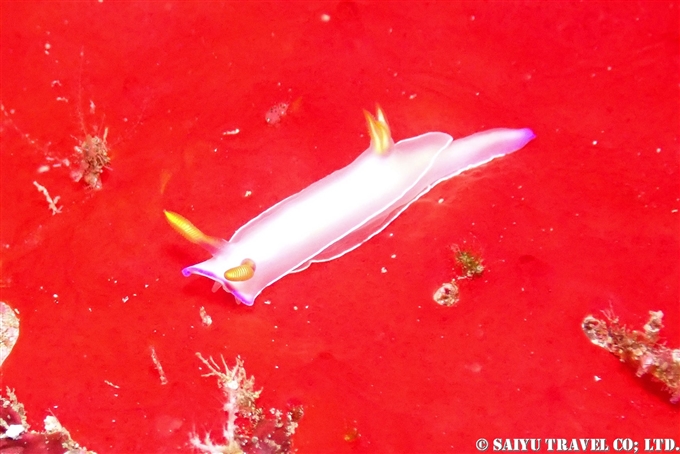
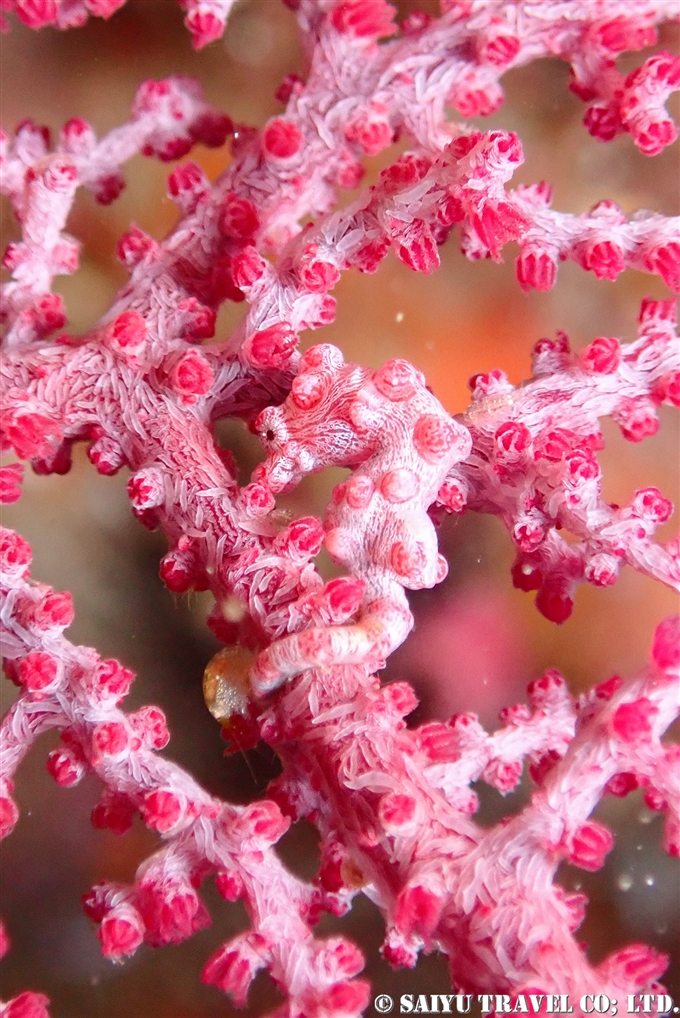



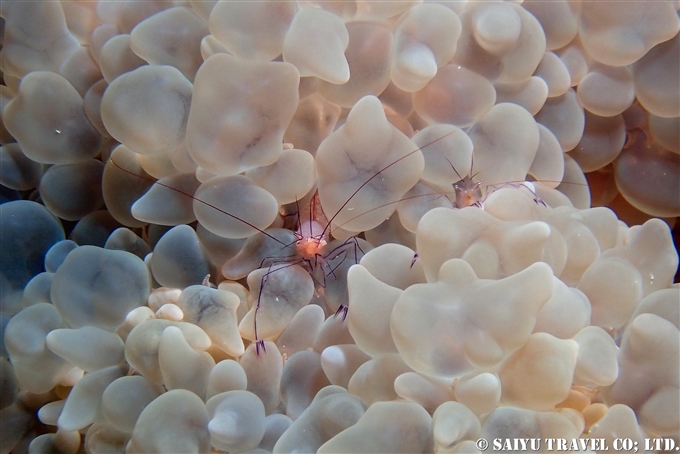
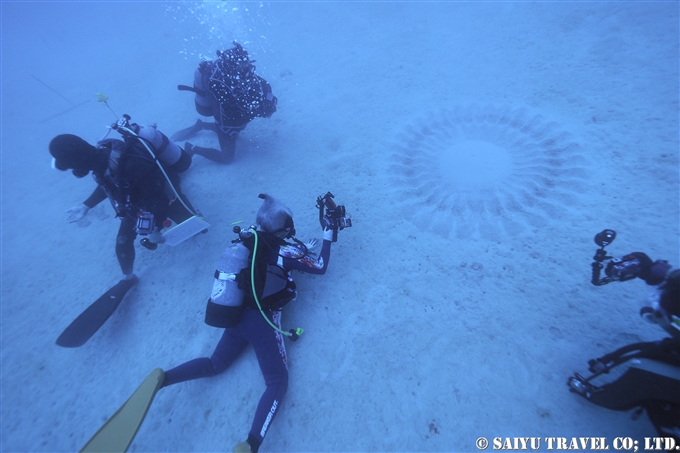
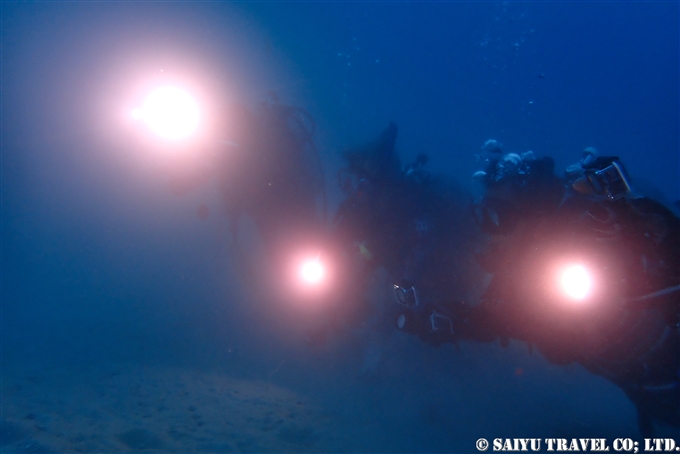
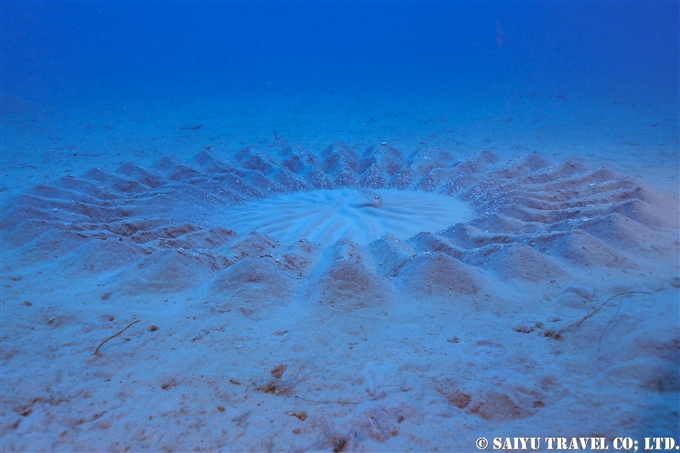
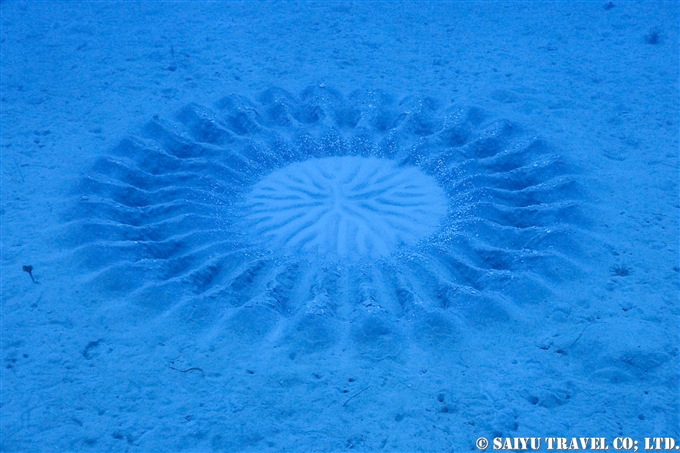
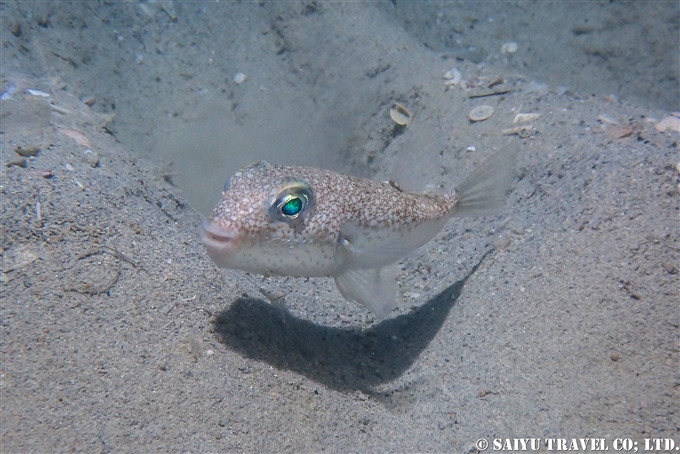
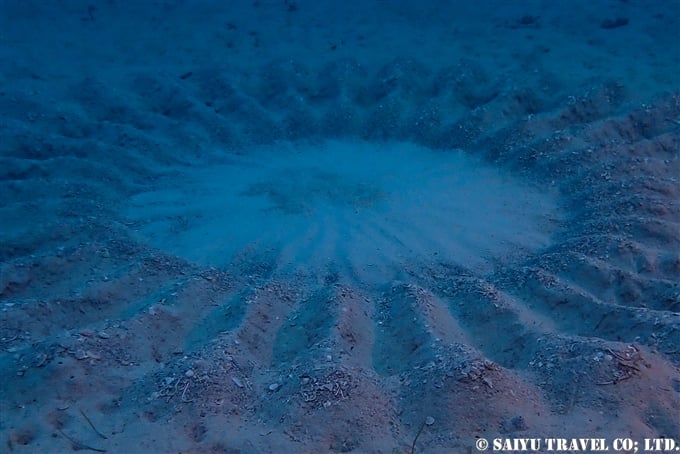
奄美大島ダイビング-Amami-Oshima-Scuba-Diving-18.jpg)
